An aviation (almost) centenarian
A rescued Fairchild 71 bonds a father and son
The Fairchild 71’s origins are clear enough. The pioneering airplane was built by the Fairchild Aircraft Company of New York in 1929 and first flew a few months before the stock market crash put a lid on the Roaring ’20s.
Where the ambitious seven-seat airplane went and what it did during its youth is unknown. But by the 1970s it was finished flying, disassembled, and stacked in pieces at an out-of-the-way crop duster strip near Caldwell, Idaho. There, the irascible owner, Eugene O. Frank, kept it under lock and key along with the bones of a couple Ford Tri-Motors, Curtiss Jennies, Wacos, Stearmans, Stinsons, a couple Brunner-Winkle Birds, a rare Keystone-Loening K–84 Commuter flying boat, and the first PA–18 Super Cub ever built.
A guard dog kept visitors out, and anyone who inquired about the many antique airframes piled hoarder-style in dusty, corrugated metal buildings was brusquely turned away.
One pilot who wouldn’t be denied, however, was Greg Herrick, founder of the Golden Wings Flying Museum in Blaine, Minnesota. Herrick knew of Frank’s collection and made multiple trips to Idaho to get to know him.
Herrick befriended Frank’s German shepherd by bribing it with treats, then made inroads with the iconoclast himself, eventually getting invited to drink coffee in his office. After Herrick had been there a dozen times or so, Frank gave Herrick a guided tour of his airplanes and Herrick ended up buying several, including the original Ford Tri-Motor, which his museum painstakingly restored to better-than-new status.
“Gene was gruff, and he was paranoid—but he was fascinating, and certainly nobody’s fool,” Herrick said of Frank. “He knew exactly what he had and how irreplaceable it was, and he drove an incredibly hard bargain. I’m sure I overpaid for what I bought, but I grew to love and admire the guy.”
Herrick was the first to buy any of Frank’s relics, and that seemed to break the logjam. The crotchety collector sold a few more airplanes to restorers before he died in 2004 at age 92. The Fairchild 71 languished another year before Frank’s family liquidated the entire collection.
That’s when Marlin Horst, a general aviation pilot, business owner, and amateur aircraft restorer in southern Pennsylvania, stepped in. Horst owned a company that specialized in making high-end cabinets for luxury homes. He decided to apply some of those skills to the Fairchild 71, which had folding wood wings, wooden formers in its fuselage, and ornate wood window frames among other accessories. Even the elevator trim wheel was burnished wood.
“I’d restored a few Piper Cubs and other relatively simple aircraft,” Horst said. “I wanted to do a museum-quality restoration on a big, historical airplane, and the Fairchild was it. Restorations had always been a hobby of mine, and when the Fairchild came along, my hobby got truly out of control.”
Interior






Horst had the wings and fuselage trucked to his cabinet shop in New Holland, Pennsylvania, where Tim Weaver, the company’s top craftsman, worked on it full-time for 18 months. Horst then brought the project to his maintenance hangar at Smoketown Airport in the Amish part of the state for everything else. His son Kendall, a GA pilot and aviation mechanic, played a central role in its restoration, too.
“The fuselage was up on its wheels by then, the structural parts were complete, and the wings were about ready to be covered,” Horst said. “But there was still a long, long way to go.”
Two hands
Sherman Fairchild, the son of an IBM founder, was a serial inventor-entrepreneur who launched a long string of companies beginning with cameras during World War I.
Fairchild invented one of the first cameras designed for air-to-ground photography, and he bought his first airplane to perform aerial surveys. That airplane turned out to be too twitchy, however, so he started an aircraft manufacturing firm in 1925 to create what he needed: a big, sturdy, high-wing monoplane with a camera port in the belly that allowed photographers to shoot straight down.
The FC–1 and FC–2 were made specifically for aerial photography, and the Fairchild 71, which first flew in 1926, was a stretched, passenger version of those camera airplanes. The Fairchild 71 was one of the first aircraft where pilot and passengers were fully enclosed, and it was used extensively in cold climates. Soon, some were fitted with skis, and Fairchild Aircraft opened a subsidiary in Canada to expand production.
The Fairchild 71 had folding wings that enabled them to be sent around the world by ship or rail. Because the aviation infrastructure didn’t exist in those days for regular, long-distance air travel, Fairchild used these other means to deliver aircraft, and his company quickly became one of the largest aircraft manufacturers in the United States.
Many Fairchild 71s spent their working lives in Canada where they were put into both military and civilian use. Some got all the way to Alaska where they became some of the first bushplanes.
The Fairchild 71 also has a belly camera port for photography—but the airplane itself is anything but photogenic. Its proportions are all wrong by modern standards. The vertical tail looks too small, the fuselage too long, and the wings too broad in span and too thick from top to bottom. Braces on the wings and tail add drag to an already draggy airframe.
Two doors, one on each side of the fuselage, lead passengers to a line of straight-back, forward-facing wicker chairs. Visibility from windows on both sides is excellent, and even though it wasn’t built specifically for photography like its predecessors, photographers used the side windows, as well as the camera port, to produce their work.
A forward door on the right side of the fuselage leads to the cockpit where there’s only one seat, one throttle quadrant, and one control stick. This airplane was built long before the idea of dual controls for two pilots became standard.
Stepping into the pilot’s seat involves some gymnastics, and once there, it’s surprisingly roomy for its era. The rudder pedals, hand painted with the Fairchild Aircraft winged-horse logo, fit an FAA-standard-sized human, but neither the seat nor pedals are adjustable. Cushions are the only way to adjust the pilot seating position.
A large, exquisitely ornate instrument panel almost completely blocks the view ahead. And that’s just as well because, if the panel hadn’t obliterated forward visibility already, the nine-cylinder radial engine would have. Pilots from the 1920s were accustomed to tailwheel aircraft with radial engines that made them blind in the landing attitude.
The cockpit door has a rollup window and a door handle from a Ford Model A.
The most critical preflight and prelanding item is locking the tailwheel. It swivels like the wheel on a shopping cart if not locked straight ahead, and leaving it unlocked would be a regrettable oversight.
A floor-mounted control stick about the size of a police baton fits securely into the pilot’s right hand and moving it fore and aft, right and left, reveals massive friction. Even on the ground, without any air load, moving the stick takes effort. Pulleys and long cables actuate all Fairchild 71 controls—not pushrods or ball bearings that make control movement comparatively effortless in modern aircraft.
“This is the only airplane I’ve ever flown that requires two hands on the stick to flare for landing,” Kendall Horst, 45, said of the airplane he worked on for years with his dad. “It feels like the autopilot’s on, even though there’s no autopilot installed.”
A sensation
The Horsts took nine years to restore their Fairchild 71, and they didn’t strictly adhere to the script.
They installed a freshly overhauled, 450-horsepower Pratt & Whitney R-985 engine because the original Snap Cap models were unobtainable and less reliable. They installed modern radios, an intercom, and GPS and ADS-B equipment for navigation and airspace access. They used current fabric and coatings for longer life, and they chose their own colors and design scheme, too.
“I painted it myself and put on many more coats than necessary,” Horst said. “It’s probably carrying about 100 pounds of paint more than it really needs, but I really wanted it to look good.”
Horst’s first flight in the airplane began on the 50-foot-wide paved runway at his home field.
The supercharged engine can produce more than 36 inches of manifold pressure. But with the pilot alone in the airplane, it was off the ground in less than 1,000 feet at a reduced power setting of 32 inches and climbing “like a heaven-bound angel.”
Horst made multiple flights in the local area for a total of about 20 hours, then set off on long trips to the Sun ’n Fun Fly-In at Lakeland, Florida, and EAA AirVenture in Oshkosh, Wisconsin, in 2014 where the Fairchild 71 became a sensation. It took home top prizes, including a coveted “Gold Lindy” at AirVenture in 2014.
It’s now flown about 250 hours, and almost all that time has taken place about 1,500 feet above the ground and 100 miles per hour.
“If I really push up the power it’ll go 110, but it just seems happy at 100 miles an hour,” Horst said. Fuel consumption in low cruise is 18 to 20 gallons an hour. He’s had it as high as 11,000 feet on a cross-country trip but prefers to stay much lower.
Horst describes the airplane as simple to land—as long as the pilot maintains an airspeed of precisely 70 miles per hour.
“You don’t want to go faster than that,” he said. “And you absolutely can’t allow yourself to go any slower.”
The Fairchild 71 has no flaps, and the landing gear is down and welded, so the prelanding checklist is remarkably short. The only item to double- or triple-check is that the tailwheel is locked.
“That’s the only item on the list that’s marked in red,” Horst said.
Horst, 72, suffered a head injury in a 2018 aircraft accident, so son Kendall flies the Fairchild now. Horst hopes to regain his aviation medical and resume flying the airplane in the future. But he taught his son to fly a Piper Cub, an Aeronca Champ, and a Waco YMF biplane years ago, and now Kendall applies those skills in the larger, heavier Fairchild 71.
“It’s my privilege to let him do the flying,” Horst said. “He exceeded my abilities as a mechanic and a craftsman a long time ago. Now, I don’t mind saying that he’s the better pilot, too.”

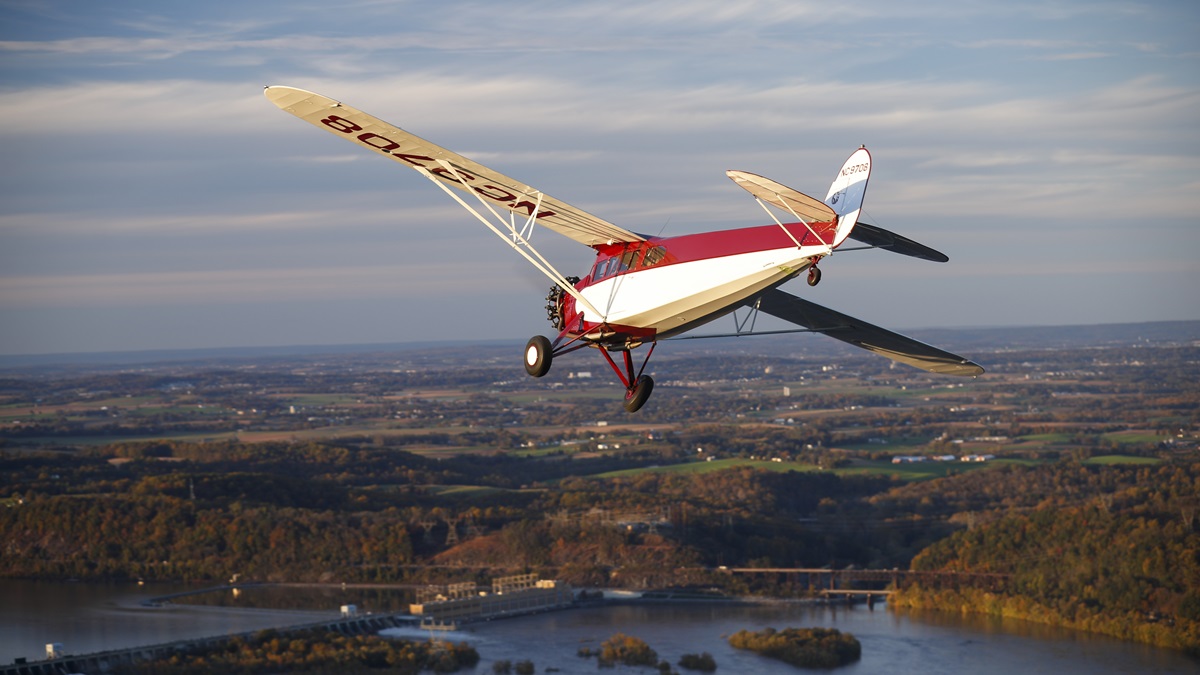
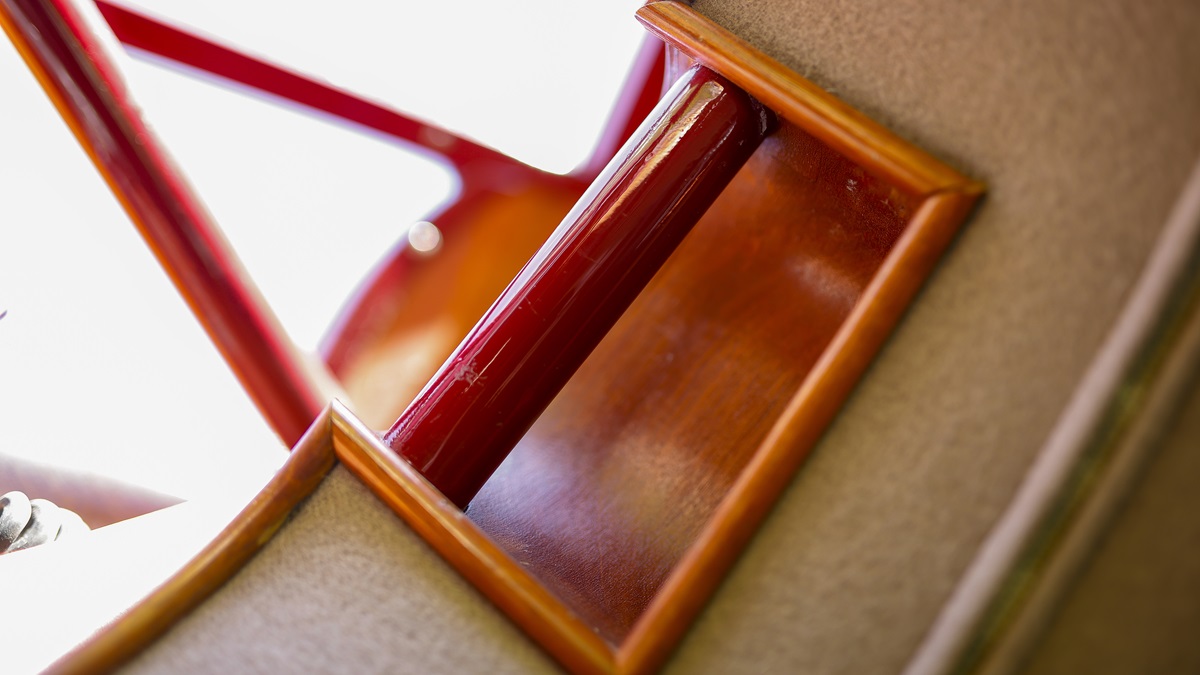
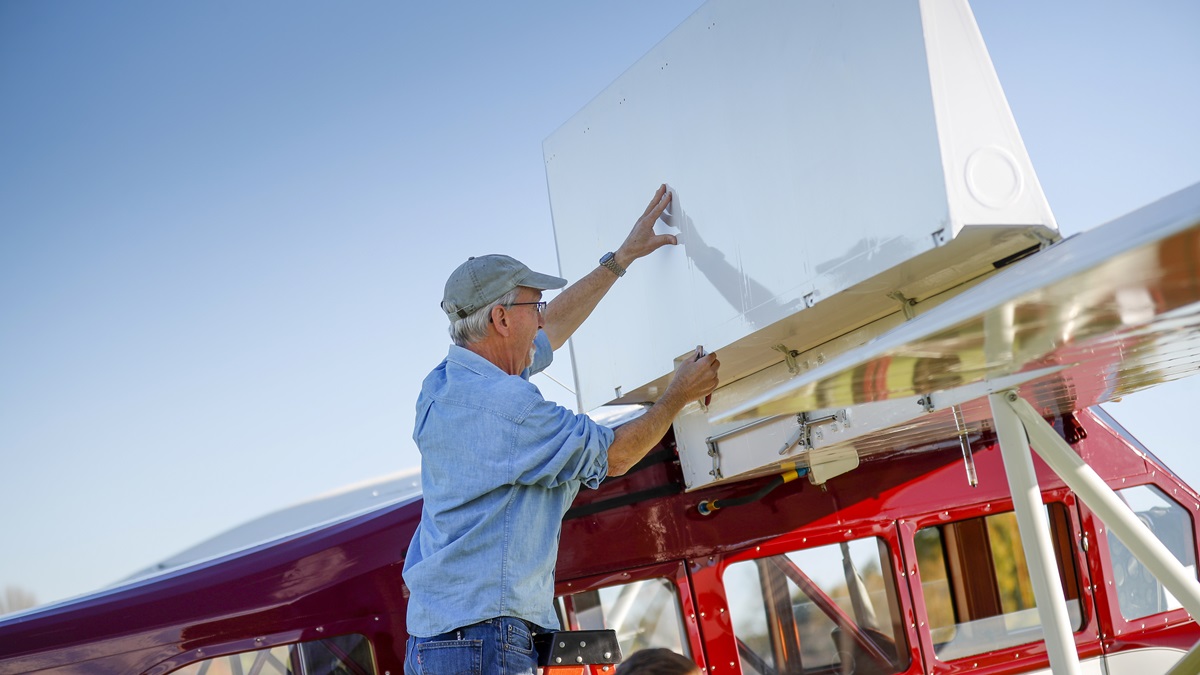
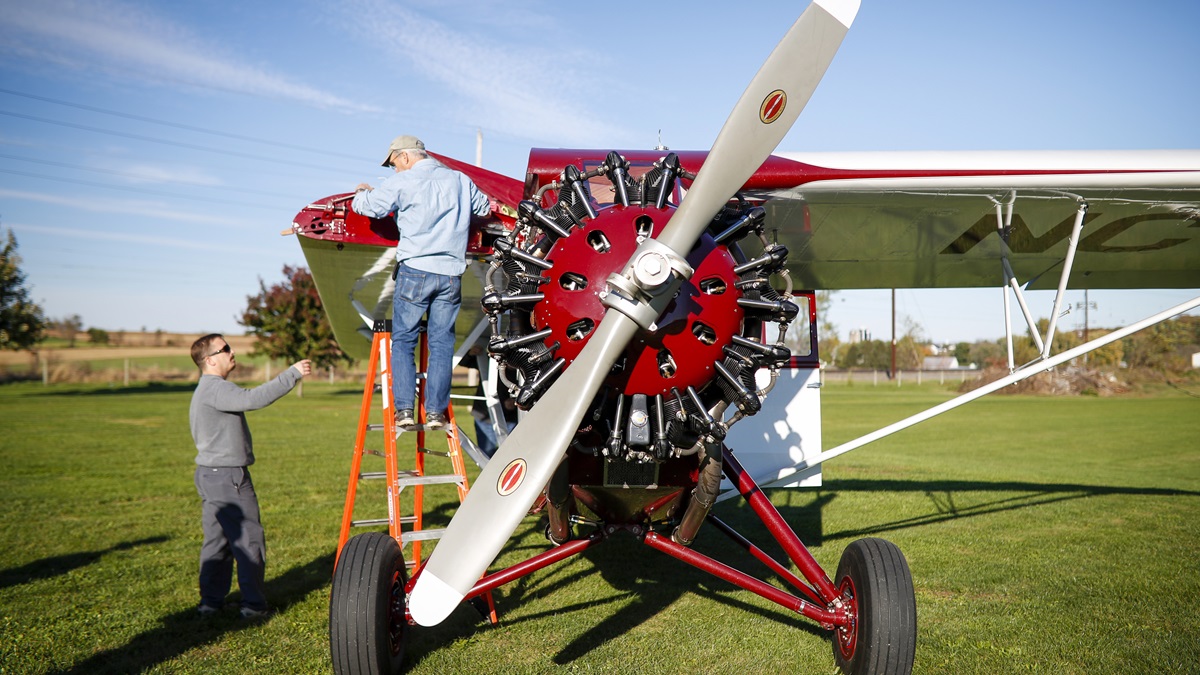
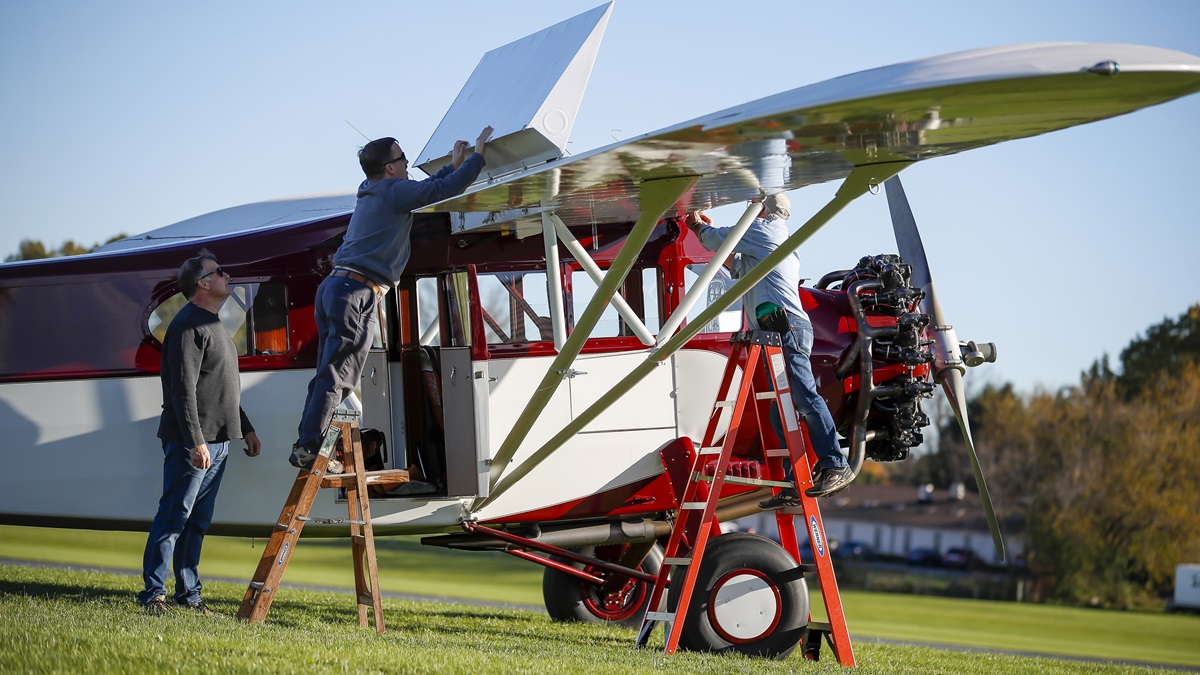
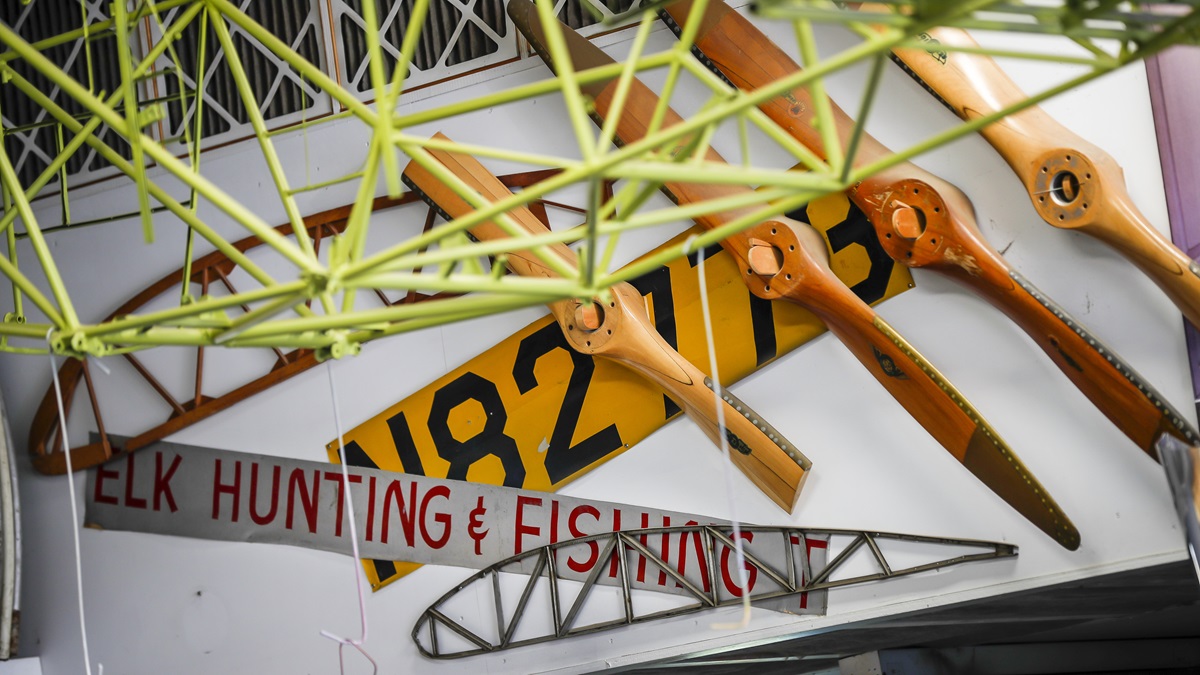
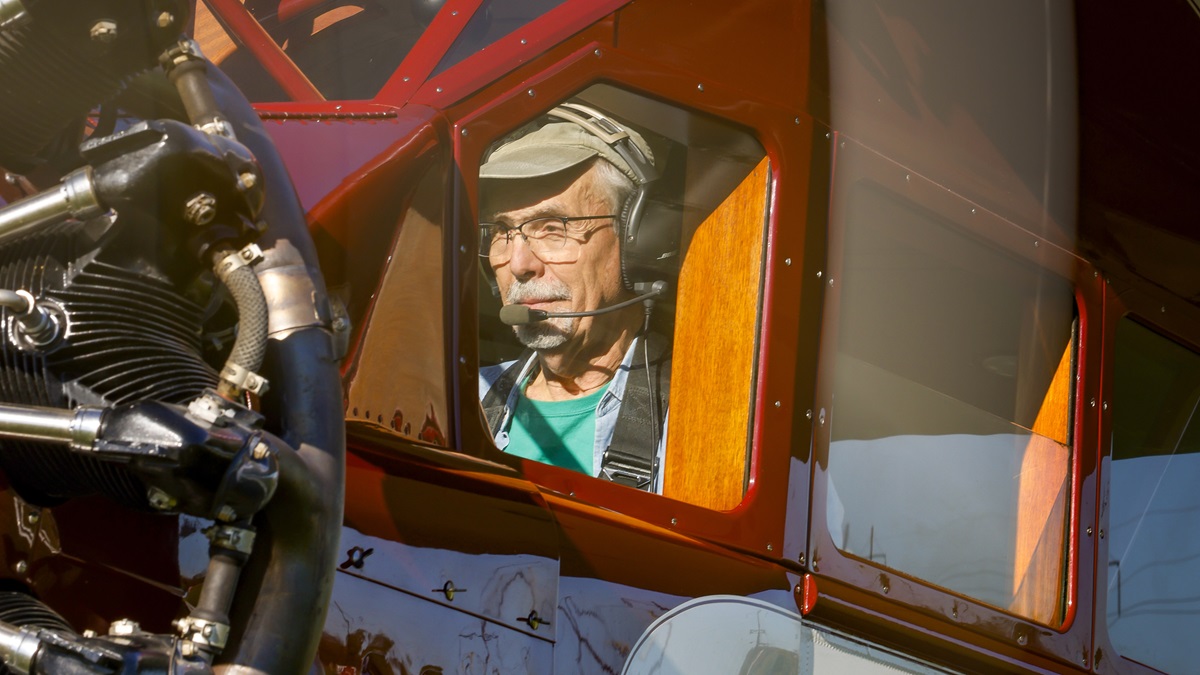
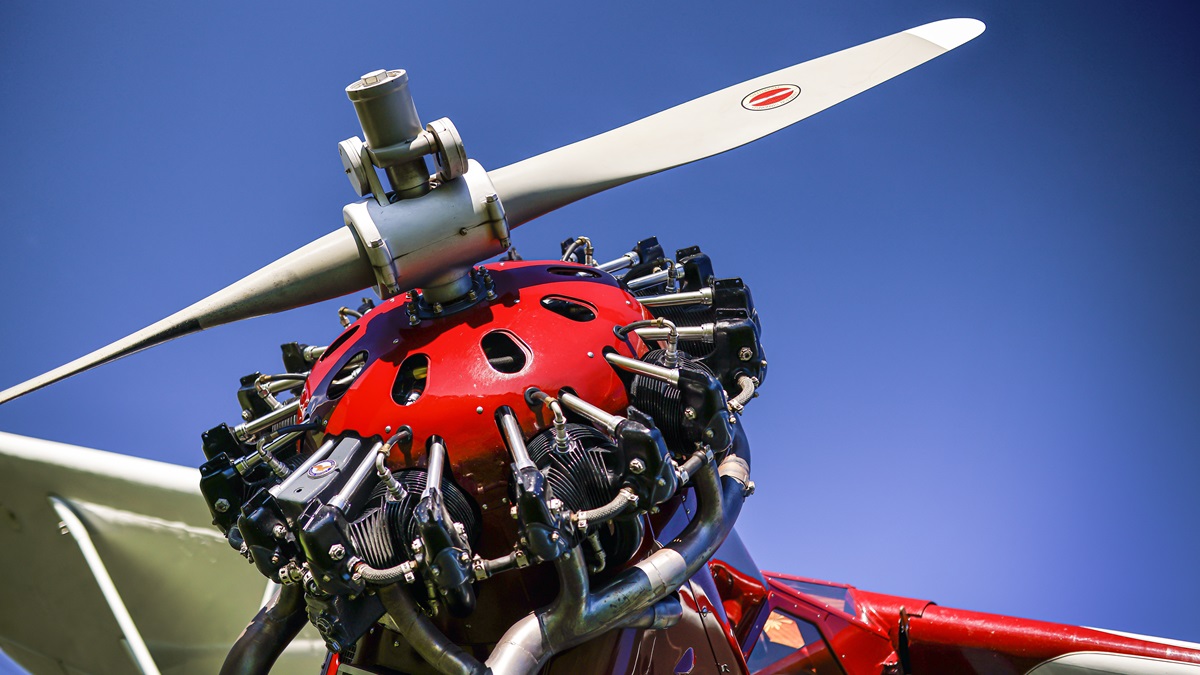
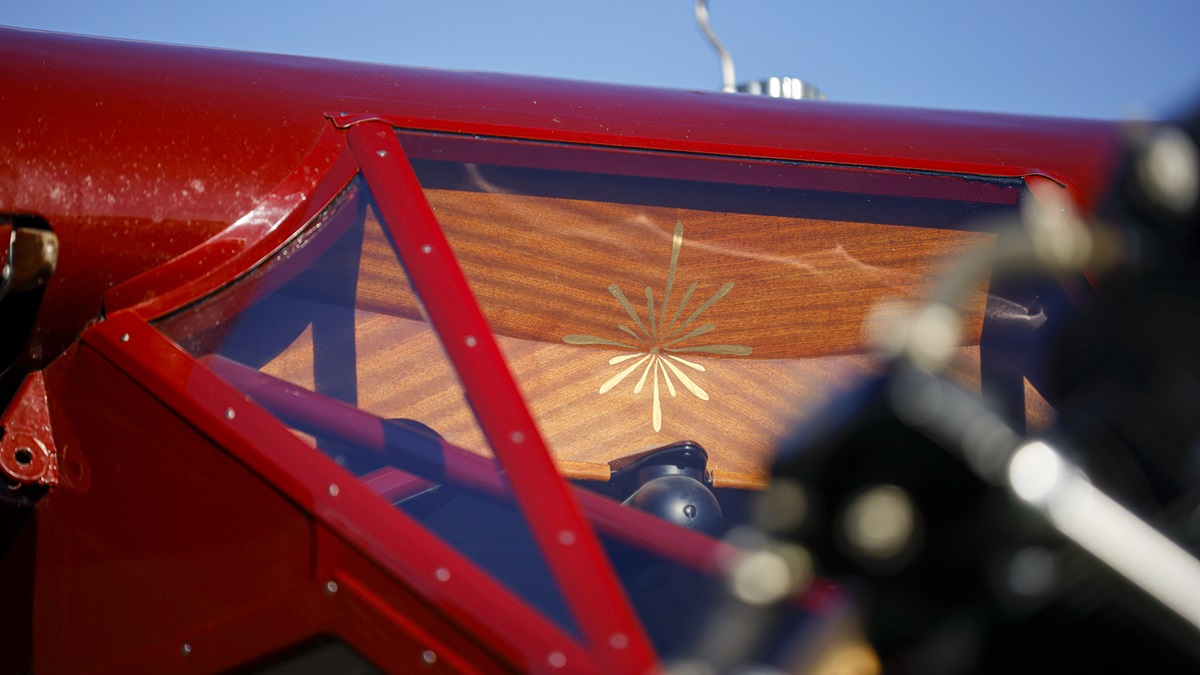
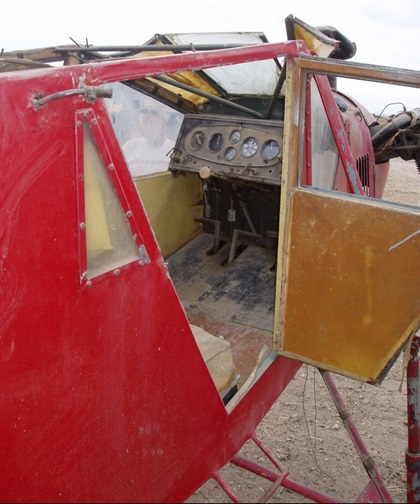 The founder of Radial Engines could tell that the elderly man he was speaking to on the telephone was lonely.
The founder of Radial Engines could tell that the elderly man he was speaking to on the telephone was lonely. About a dozen more relics of aviation’s golden age were stacked inside, but the pieces had been deliberately scrambled. The owner, Frank, had been afraid that thieves would break in and steal his airplanes, and mixing them up would make it impossible to get away with a complete set of parts for any individual aircraft.
About a dozen more relics of aviation’s golden age were stacked inside, but the pieces had been deliberately scrambled. The owner, Frank, had been afraid that thieves would break in and steal his airplanes, and mixing them up would make it impossible to get away with a complete set of parts for any individual aircraft.

